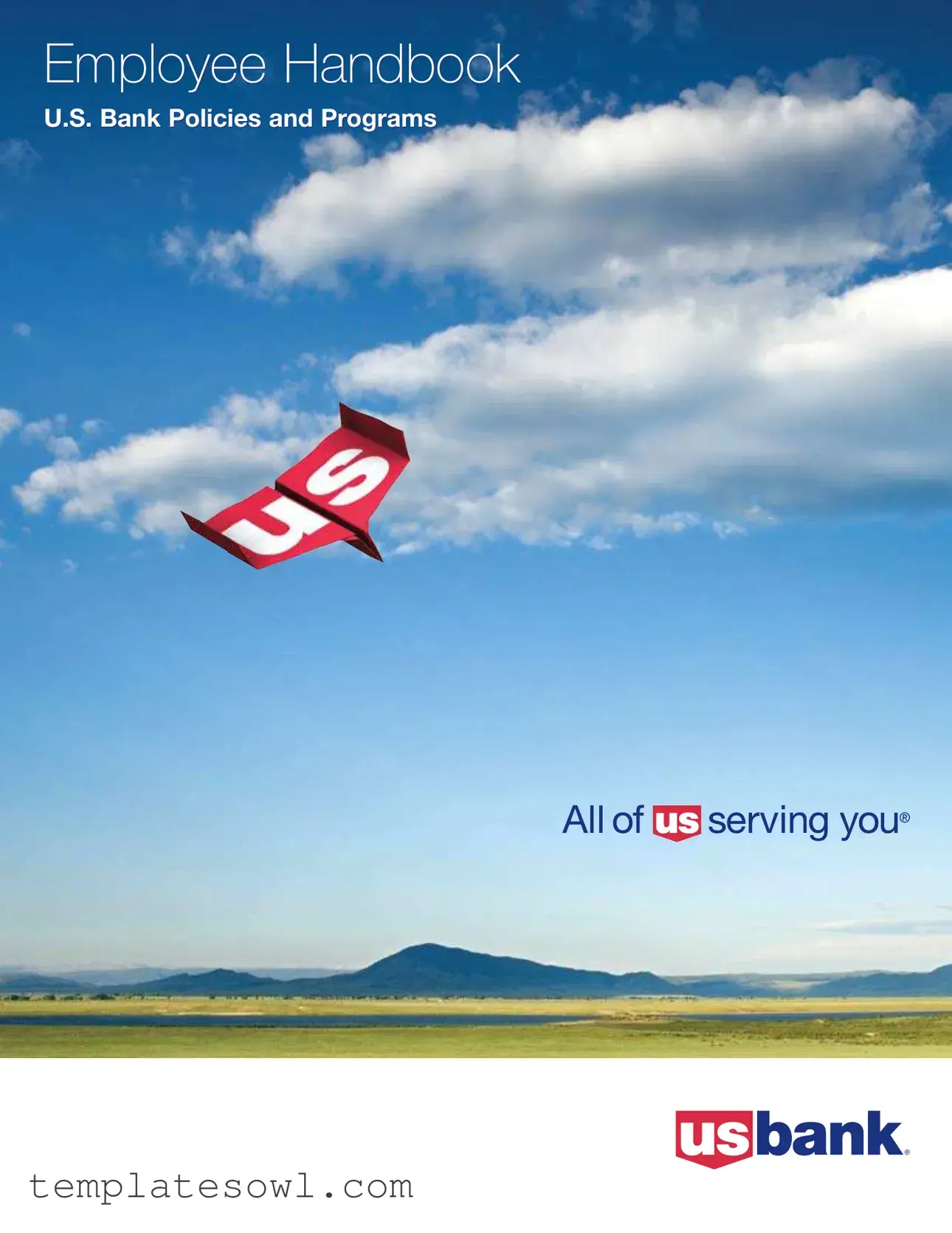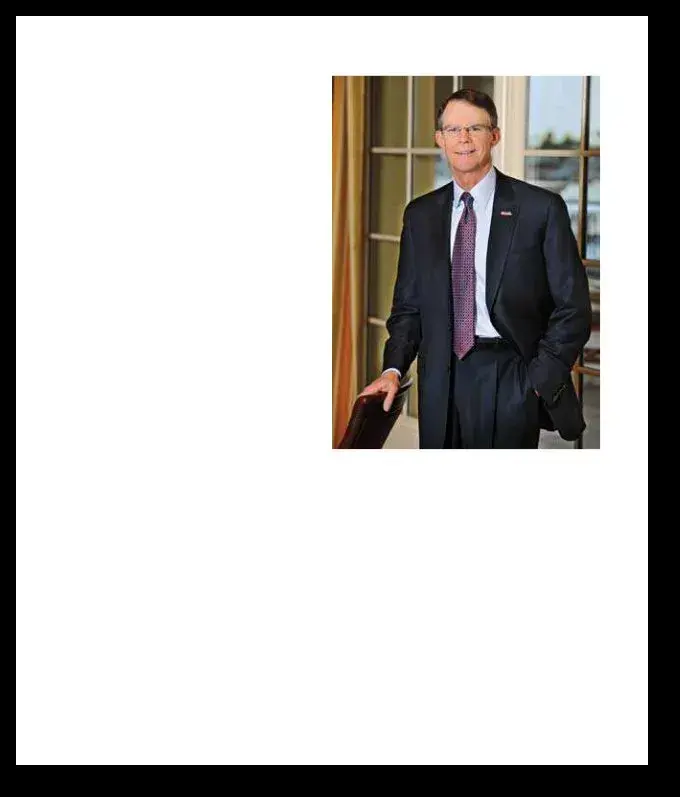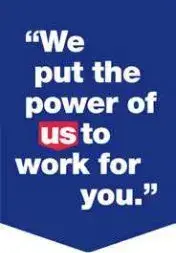The irst 90 days of employment are considered an introductory period. During this time, you and your
supervisor or manager should work together to ensure
that your new position is a good match. Generally, it is
expected that you will receive performance feedback during your irst 90 days.
Should your work performance or conduct not meet expected requirements at any time during or after the introductory period, you may decide it is not a good job it and voluntarily terminate your employment. U.S. Bank
reserves a similar right to terminate your employment without irst providing formal discipline.
Completion of the introductory period does not alter the at-will employment relationship that continues throughout your employment.
Performance Reviews
U.S. Bank pays for performance, and we believe in
providing positive and constructive feedback about
performance. We are committed to an active performance
review process to encourage open discussions between you and your manager or supervisor about your strengths as well as areas of potential skills development.
Formal performance reviews at U.S. Bank begin with your irst review at ninety days and typically continue annually. We also encourage employees and supervisors or managers to hold frequent, informal performance discussions
throughout the year.
Performance and Conduct
Counseling
Our objective is to retain employees who demonstrate the skills, knowledge and behaviors consistent with the goals
and values of U.S. Bank. If your performance or conduct
does not meet the expectations of the company, counseling
or coaching may be provided to allow you a reasonable
opportunity to make the necessary improvements in order to succeed. In all cases, however, U.S. Bank has the ability to take action regarding counseling, coaching
or disciplinary measures it believes are appropriate in its discretion, up to and including immediately terminating an individual’s employment.
Career Advancement
For many of us, continued strong performance in
our current jobs will eventually lead to exploring job
With so many career paths available, we make it easier
for you to explore potential opportunities by providing
information about other departments, product areas, and
positions on the Career Development site on USBnet
(available on the Human Resources tab, under Learning &
Development) and through the U.S. Bank Career Center.
These online resources make it easy for you to learn about, search for, and apply for other positions in the company. It is a true win-win situation when U.S. Bank can ill open positions by promoting or transferring qualiied internal
candidates and when employees are able to progress in their career goals. Visit the U.S. Bank Career Center on USBnet to view open positions.
Career advancement is an individual process and ownership is maintained with the employee. Career advancement can be achieved through exceptional work and a development plan worked through with a manager.
Any questions should be directed to your manager or
Human Resources generalist.
To be eligible to apply for a position:
•You must have a minimum of 12 months of service in your current position at the time you apply for the new position;
•You must have satisfactory performance (including conduct) in your current position;
•You must meet the qualiications of the new position;
•You must inform your current manager of your intent to apply prior to applying for the open position; and
•You must complete your proile and apply for the speciic requisition online through the U.S. Bank Career
Center.
While the above requirements are considered mandatory,
management may elect to deviate from the listed criteria under circumstances it deems are, in its sole discretion, appropriate. In addition, employees who are displaced
and who are eligible for severance may apply for open positions at any time.
If, as you explore the positions available at U.S. Bank, you decide you need to refresh your skills, or learn new ones, to help you progress along your career path, be sure
to take advantage of the wide variety of opportunities we
offer employees, discussed at greater length in the Career
Development section of this handbook.






